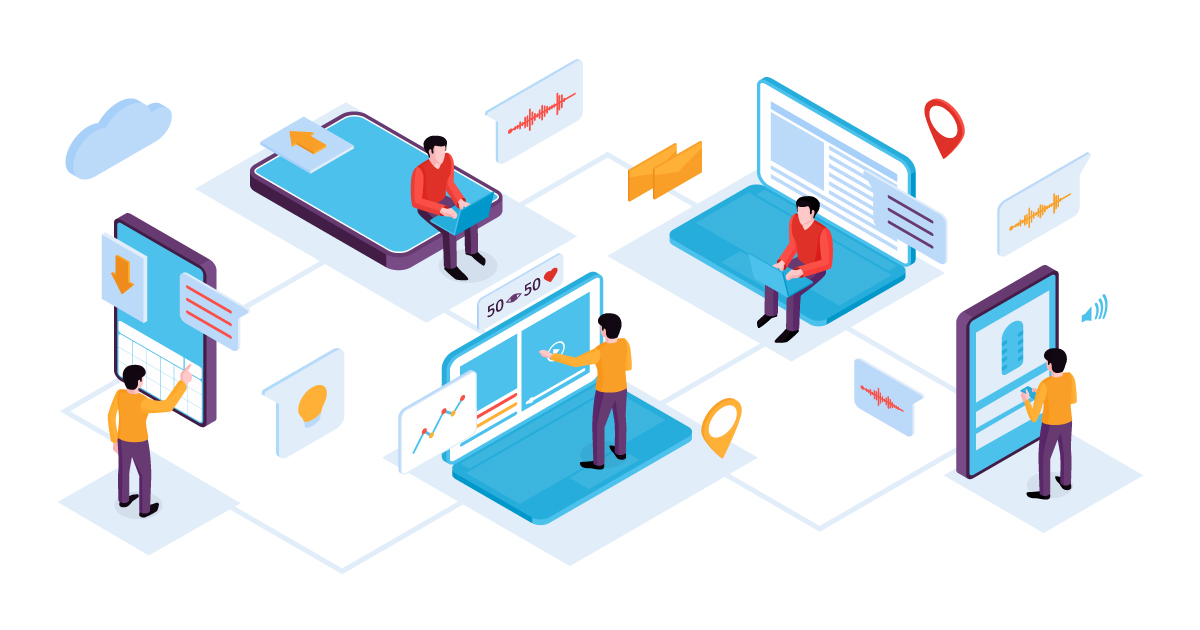Because Go2Group’s ConnectALL ALM Router unifies many ALM tools, we see it all! And even as newer tools emerge, we see IBM Rational DOORS live on at Fortune 50 manufacturers. It’s a challenge — DOORS is not for the weak or timid! It takes some effort to get set up and configured correctly. Managing changes to DOORS is very difficult. Security can be a nightmare. So once it’s working, who wants to mess with it?
While IBM wants their DOORS clients to upgrade to newer RM tools, most end up back at DOORS. No surprise, as it is not easy to track and manage requirements for regulated business such as aircraft, medical device, or automobile manufacturing and DOORS meets stringent industry governance requirements. This is one case where “if it’s not broken, don’t fix it” applies. Remember, a plane can not get certified until the paperwork weighs as much as the airplane! A manufacturer cannot afford to risk losing traceability and signoff on their critical projects.
So DOORS is not disappearing soon. Indeed, Go2Group has dozens of customers using IBM’s DOORS and DWA. This posting addresses some considerations, solutions, and tips for those who must use DOORS.
Integration
The days of one (or even two or three) application lifecycle management (ALM) tools is long past. Integration is key. We’re equipping customers with our ConnectALL ALM Router product to integrate their DOORS installations with ServiceNow, Jira, HP’s Quality Center, Rally, Microsoft’s Team Foundation Server (TFS), Perforce, etc. And for many customers, we’re integrating DOORS and DOORS, since many users have multiple DOORS instances, or they needs to link DOORS modules in the same DOORS instance.
Security
Security keeps IT and operations management awake at night but for some reason, many companies don’t put the same attention on ALM security as they do for other systems. It’s no small concern. Can a new hire in IT, fresh out of college, walk out the door with memory stick? Or someone on the test team, project management team, development team, or running VMs as part to the NOC team? In the network team, what could a hacker get if he ran wire shark on his laptop in your R&D center? What could an employee get if he installed a dial up modem to his laptop and connected it to his telephone drop, or a mobile device, or installed their own wireless router? If he introduced root kits to your systems? Can your systems detect when someone starts pulling up tons of files from your SCM or wiki, in a way that is out of character with regard to their role?
You think your ALM tools do not need to be locked down by stronger authentication inside your networks or from remote users, vendors with access to parts of your testing, or SCM?
Tips
- Go2Group recommends that our IBM DOORS/DWA customers upgrade to DWA version 9.6.1.1. We have seen a marked increase in performance and fixed most major memory leaks that we have been seeing.
- We see some clients keeping older DOORS DBs, but going to newer DWAs such as 9.6.1.1. Not sure what IBM’s official stance is on this, but it does work. Be warned, you need to test this thoroughly, you may find a few new issues due to many multiple combinations.
- DWA’s API has significant changes, even on the most minor revision numbers. Use caution.
- Always test your ALM tools thoroughly. But just in case, have roll back plans.
Living with DOORS
Basically, DOORS does what DOORS does. There are no exceptions in this. DOORS may not be around as long as mainframes, or mainframe JCL software tools, or even VI — or maybe it will! I am no fan of Clearcase. While DOORS is not pretty, it fills a unique and critical role that makes systems and machines that we trust our lives to every day.
Take care of your tools and your tools will take care of you.


